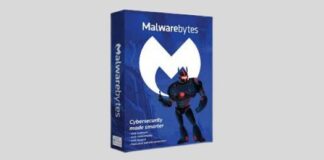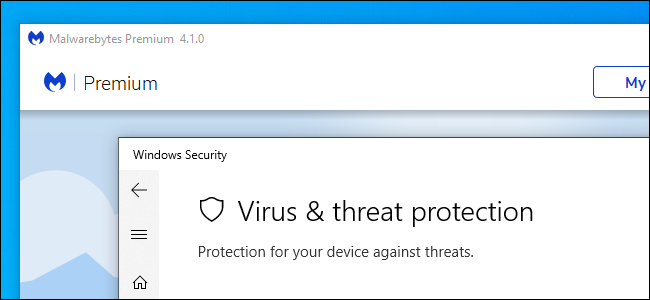

- #Stop malwarebytes from running on startup how to#
- #Stop malwarebytes from running on startup update#
- #Stop malwarebytes from running on startup Patch#
- #Stop malwarebytes from running on startup full#
Should device vendors be allowed to push updates when there is a clear and imminent danger?

We are curious as to how our readers feel about this. But it is because of deadbolt and our desire to stop this attack as soon as possible that we did this.” “I know there are arguments both ways as to whether or not we should do this. In response to criticism about the unannounced forced update, QNAP support stated: Rather ironic, since many NAS owners use their devices to store backups in case their main systems become dislabed by things like ransomware. This is just good advice either way since QNAP NAS owners were already being targeted by other ransomware operations like Qlocker and eCh0raix.
#Stop malwarebytes from running on startup how to#
In this case, QNAP seems to have decided that closing that gap is the lesser of two evils.Īnd in all fairness, QNAP has been urging users to secure their devices since 7 January, 2022, with elaborate instructions on how to check whether their NAS devices are exposed to the Internet, how to disable the Port Forwarding function of the router, and how to disable the UPnP function.
#Stop malwarebytes from running on startup Patch#
When warnings alone are not enoughĪs we all know, there is often a lawning gap between when a patch becomes available and when it’s actually applied.
#Stop malwarebytes from running on startup update#
The firmware update removed the ransomware executable and the ransom screen used to initiate decryption, which apparently caused some victims who had paid the ransom to be unable to proceed with decrypting the files after the update. Some users reporteded losing their devices’ ISCSI connections (ISCSI is a networking standard for linking data storage facilities), and some adaperts were apparently left disabled by the update. ProblemsĪs you might expect after a forced update, a number of unexpected side-effects arose, making users that were affected by these problems unhappy. Later that day, QNAP took more drastic action and force-updated the firmware for all customers’ NAS devices to version 5., the latest universal firmware which has been available since December 23rd, 2021. It urged NAS users to follow the recommended security setting instructions to ensure the security of their routers, and immediately update to the latest version of QTS-the Linux based operating system developed by QNAP to run on their devices. The day after the news broke (26 January) QNAP issued a statement in response to the ransomware. However, the update hasn’t been as welcome as you might expect. There are many good reasons for not giving in to ransomware gangs’ demands, and QNAP doesn’t need the zero-day information because it has already created an update to thwart the vulnerability.
#Stop malwarebytes from running on startup full#
Besides urging individual victims to pay for a decryption key, the ransomware gang is also trying to sell the full details of the alleged zero-day vulnerability to QNAP for five bitcoins, and is apparently also willing to sell QNAP the master decryption key that can decrypt the files for all affected victims, and the zero-day info, for 50 bitcoins. Reportedly, the ransomware has already affected at least 3,600 victims. You can enter the decryption key below to start the decryption process and get access to

This transaction will include the decryption key as part of the transaction details. Once the payment has been made we'll follow up with a transaction to the same address, You can sake a paywent of (exactly) 0.030000 bitcoin to the following address: You have been targeted because of the inadequate security This includes (but is not limited to) Photos, Documents and Spreadsheets. The complete ransom message is shown below: WARNING: YOUR FILES HAVE BEEN LOCKED BY DEADBOLTĪll your files have been encrypted. The hijacked screen starts with “WARNING: Your files have been locked by DeadBolt”. Rather then using the habitual method of dropping ransom notes in each folder on a affected device, Deadbolt ransomware hijacks the QNAP device’s login page. They also use the same name in the file extension of the encrypted files their ransomware generates. The ransomware group responsible for this attack is calling themselves Deadbolt. You might think that that is a good thing-if not exactly cause for celebration, at least a cause for relief-but some customers aren’t happy. (QNAP) pushed out an automatic, forced, update with firmware containing the latest security updates to protect against the attackers’ “DeadBolt” ransomware. The threat actors claimed the attack was based on a zero-day vulnerability specific to the devices. Earlier this week (25 January, 2022) news broke that a ransomware group was targeting QNAP Network Attached Storage (NAS) devices.


 0 kommentar(er)
0 kommentar(er)
